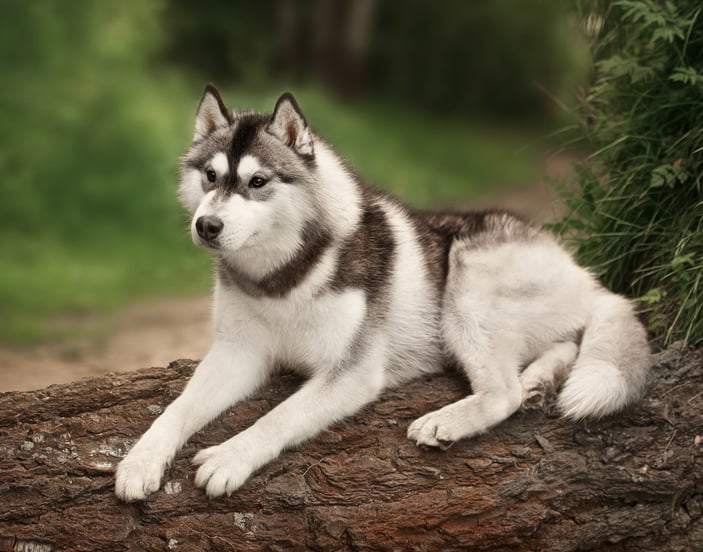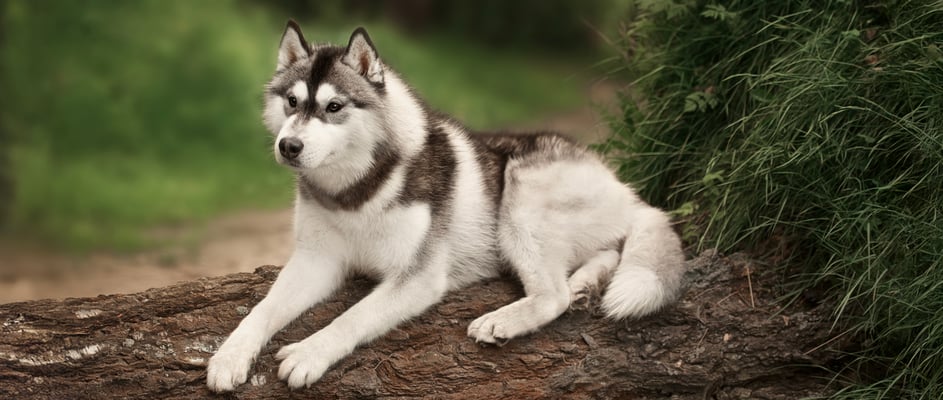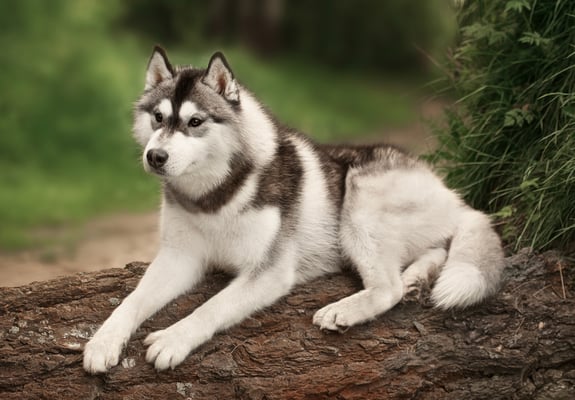The guide to owning a Siberian Husky.
Want to know everything there is to know about training your Siberian Husky puppy? Submit your email below, and we’ll send you a one-stop guide on all things puppy training!
Jump to:
Stats at a glance.
A history of Siberian Huskies.
Meet the Siberian Husky , a striking dog breed famously bred by the Chukchi people of northeastern Siberia. Originally used as sled dogs for light loads, these sled dog powerhouses once transported supplies over icy trails in cold climates.
Their story soared into fame after the legendary diphtheria serum run to Nome in 1925, where a heroic team of search and rescue dogs pulled a sled race against time, saving countless lives. That moment in history only added to the Husky’s reputation for outstanding endurance and unwavering loyalty.
For many Husky owners, their dogs’ roots feel like a treasured legacy. The Alaskan gold rush further cemented the breed’s status, especially as dogs who thrived in harsh weather.
Today, Siberian Huskies continue to win hearts worldwide with that captivating gaze and wolf-like elegance.
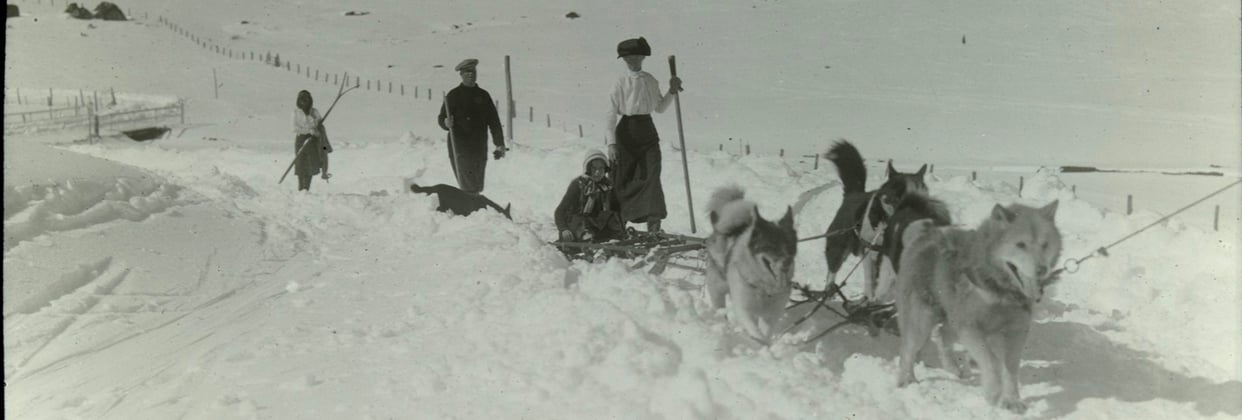

How much is a Siberian Husky puppy (UK)?
Thinking of buying a Siberian Husky puppy? In the UK, these majestic companions typically range between £800 and £1,600, though prices may vary depending on pedigree dog lines, health tests, and responsible breeders. Always ensure you connect with breeders who prioritise health and temperament. They should:
Encourage you to meet the puppies with their mother.
Provide full breed information on their Siberian Husky lines.
Share vet records, including hip dysplasia and eye condition clearances.
Show genuine interest in your lifestyle and your readiness to keep your dog active.
If you’re still weighing up which new dog is right for you, check out our general guide to big dog breeds for a broader look at larger companions.
Colours and coat types.
Huskies are known for their variety of colours, ranging from black to pure white. You might see grey and white coats, sable mixes, or reddish tones. Regardless of colour, they all boast a double coat that’s luxuriously thick in winter and more moderate in summer. Here’s what makes these coats special:
Outer Coat: Straight, somewhat coarse hair that helps repel moisture.
Undercoat: Soft, dense fluff that insulates against freezing winds.
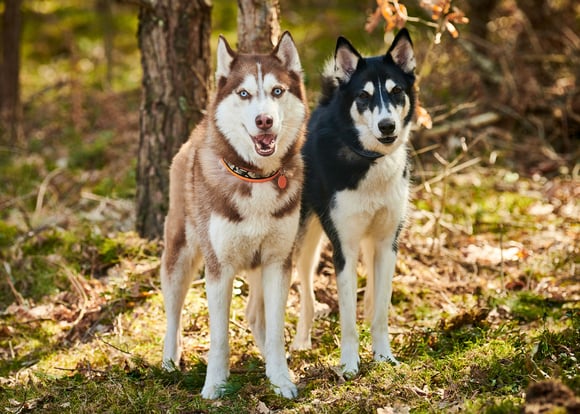
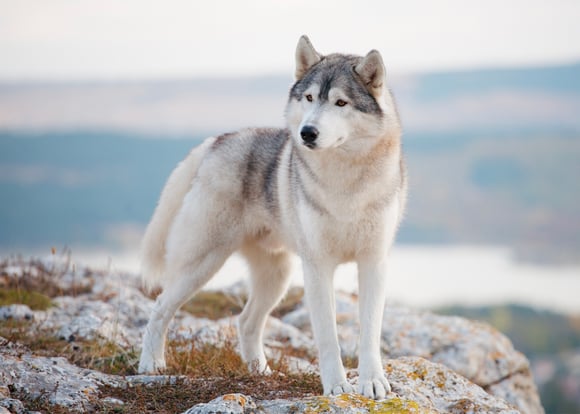
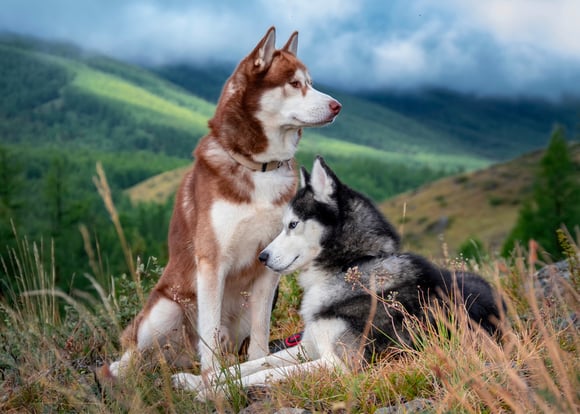
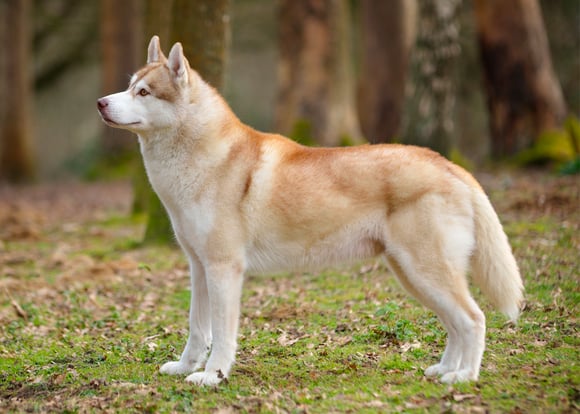
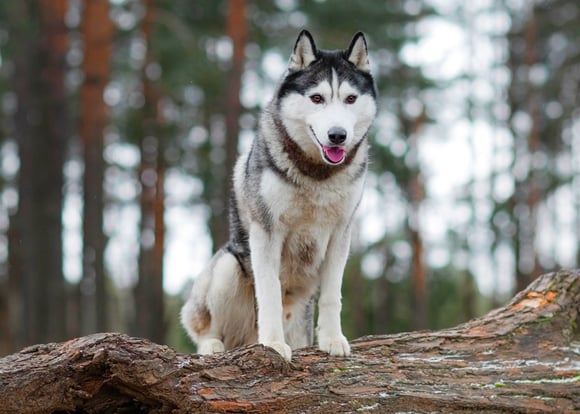
Size and weight.
These medium-to-large sled dog dynamos carry an athletic frame designed for trekking over snow. While females are generally on the lighter side, both males and females stay within a comfortable range for most active families.
Typical measurements
Please note that this is a dog who needs plenty of room as the Siberian Husky is well-suited to owners with gardens or those ready for an active outdoor lifestyle. If you do live in tighter quarters, daily outings become even more vital.
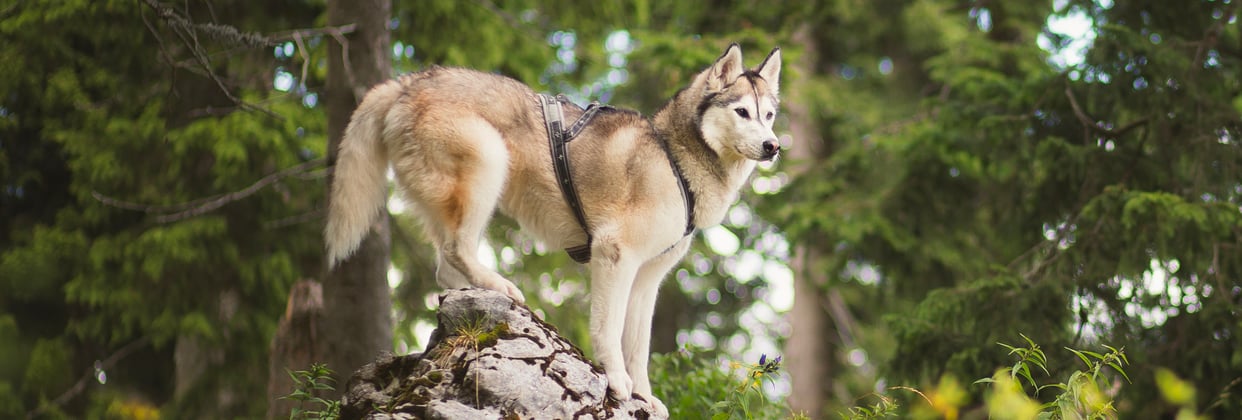

Temperament and behaviour.
Siberian Huskies are natural born pack members. They’re typically an intelligent breed that thrives on mental and physical challenges. Expect them to be playful, sometimes mischievous, and always curious. Their howl can be quite vocal, and many owners find it endearingly chatty.
Do Siberian Huskies make good pets?
Absolutely. They tend to be loyal, friendly, and eager to share adventures with their family. However, they’re also famed escape artists. A high fence is your friend!
Are Siberian Huskies good with kids?
They are often good with children, thanks to their gentle nature. Still, it’s wise to supervise Husky play, as these athletic dogs can be bouncy.
Teaching kids to respect a Husky’s space builds a stronger bond and avoids accidental knocks.
Are Siberian Huskies good with cats?
A Siberian Husky’s prey drive can be strong, reflecting their heritage chasing small game in Siberia. Careful introductions and positive associations help. If you have a cat, start by separating areas and letting scent-sharing happen gradually. For other scenarios, How to introduce a puppy to a cat covers helpful integration tips.
Do Siberian Huskies suffer from separation anxiety?
Yes, they can. Being pack-oriented, they dislike isolation. If they’re left alone too long, some may become destructive. Look at dog sitters, daycares, or adopt a buddy if you’re away many hours.
Can Siberian Huskies be left alone?
Short periods are rarely an issue, provided they have exercise and enrichment. Still, a bored Husky might treat your sofa as a chew toy. Puzzle feeders and interactive toys can help.
Can Siberian Huskies live in apartments?
It’s possible if you’re prepared to meet their high exercise needs. Daily walks, frequent runs, and mental challenges are non-negotiable. Want to keep them entertained at night? Check out our blog about Dog Panting at Night : Reasons Why which explains nighttime stress sources like excess energy or discomfort.
Do Siberian Huskies bark a lot?
They’re more prone to howl than bark, but they certainly can be vocal. Training from an early puppy stage helps keep noise polite – at least by Husky standards.
Training a Siberian Husky.
Training a Husky can be a wild ride as they're clever, stubborn, and always thinking two steps ahead.
Are Siberian Huskies smart?
Hugely! These Siberian Husky puppies learn new tasks quickly. However, their independent streak can lead to selective hearing, especially if a rabbit hops by. For best results:
Use reward-based training from day one.
Break up training sessions into short, upbeat bursts.
Always stay patient: a Husky’s will can be strong!
Keep it fun. They love dog sports like agility or search and rescue practice.
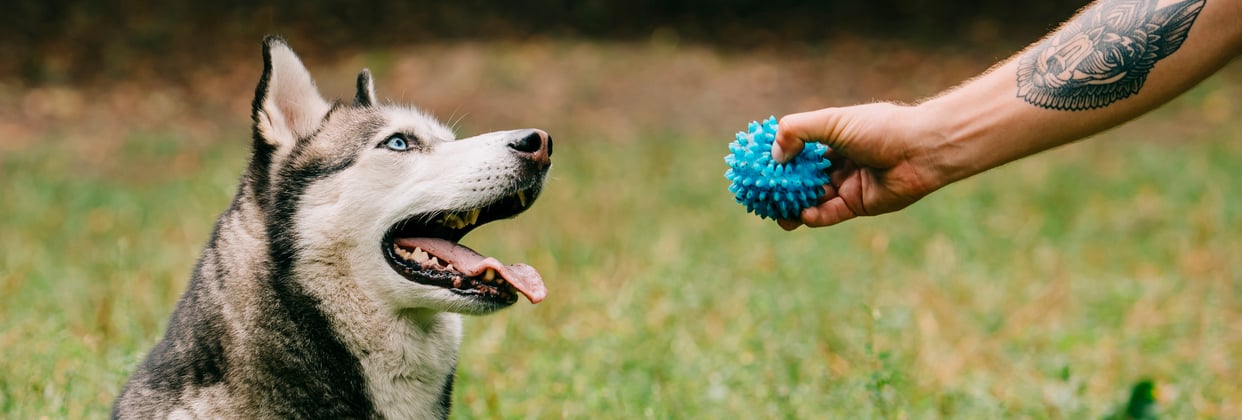

Shedding and grooming.
Huskies shed year-round. Twice a year, they blow their double coat in dramatic fashion, leaving fur pretty much everywhere around the house. Here’s what you can do:
Brushing: At least weekly, and daily during heavy shedding.
Bathing: Every few months or when truly dirty.
Professional grooming: Optional, but helpful during seasonal coat blows.
For general ear and coat care, see How To Clean Your Dog’s Ears Safely and Effectively.

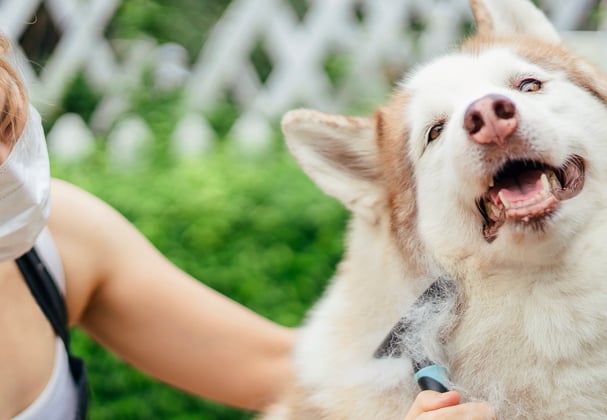
Exercise and mental stimulation.
Siberian Huskies need plenty of exercise; roughly 60-90 minutes daily. Some thrifty owners even train their Huskies to run alongside bikes. Just be mindful of hot weather, because that thick coat suits cooler climates best.
Recommended Activities:
Daily runs or long walks.
Games of fetch or tug.
Dog sled race clubs or rig-pulling sports on safe trails.
Structured training that taps into their intelligent breed mind.
Avoid letting them roam off-lead in unsecured areas. They’re gifted at wandering, and their prey drive can take over if a squirrel dashes by.
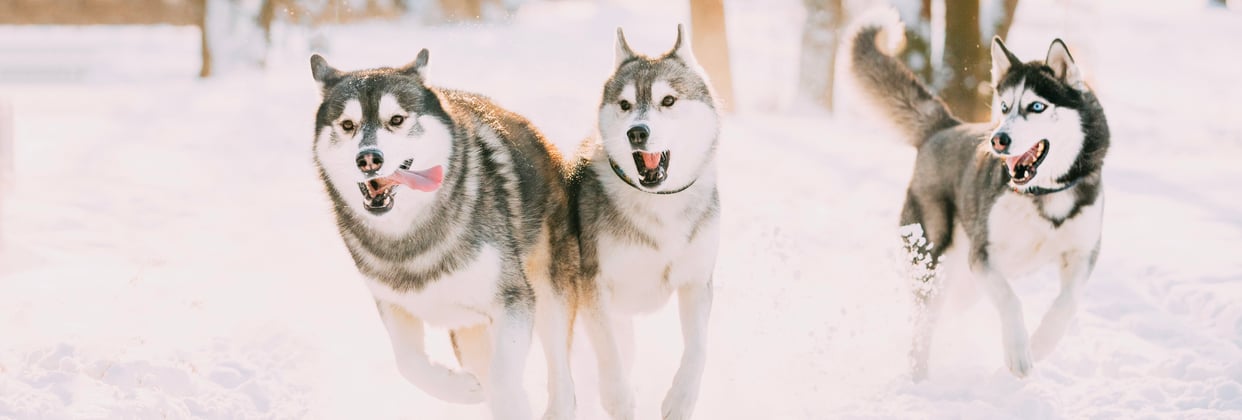

Feeding and nutrition.
Keeping your Husky trim is crucial. Overfeeding and little training equals an energetic dog with unstoppable bounce.
Generally:
2-3 cups of high-quality canine kibble or balanced raw daily, split into two meals.
Adjust portions for life stage, from Husky puppies to seniors.
Watch for potential food sensitivities.
Also, keep an eye on hydration levels, as these dogs are very active.
Common health issues in Siberian Huskies.
While Siberian Huskies are generally healthy, they can be prone to a few concerns. Here’s a snapshot:
The figures above are for illustration only and depend on your location, vet, and other factors.
Regular vet visits and health tests from responsible breeders reduce nasty surprises. Early prevention saves on big bills and keeps your loyal friend feeling bright and bouncy.
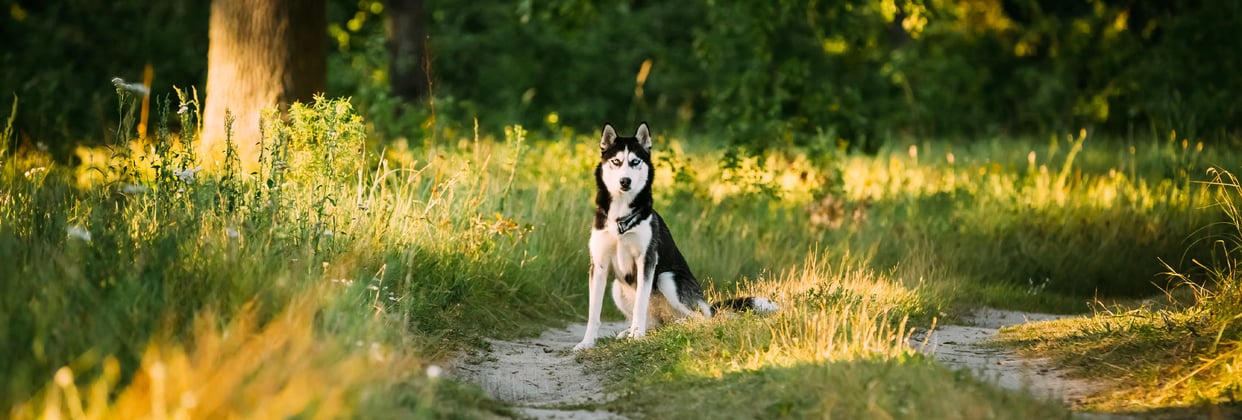

Pet insurance for Siberian Huskies.
Given their working heritage and robust energy levels, having insurance for your Siberian Husky is a must. Unexpected vet bills can arise from accidents, injuries, or long-term health needs. We’re big believers in safeguarding your buddy’s future.
Get a Siberian Husky pet insurance quote and see how Waggel can help protect your pet.
If you're looking to adopt a Siberian Husky, welcoming a new dog into your life is both exciting and challenging. If you want a breed known for athleticism, companionship, and a bit of sledding spirit, the Husky could be right for you.
